SOURCE: AFI
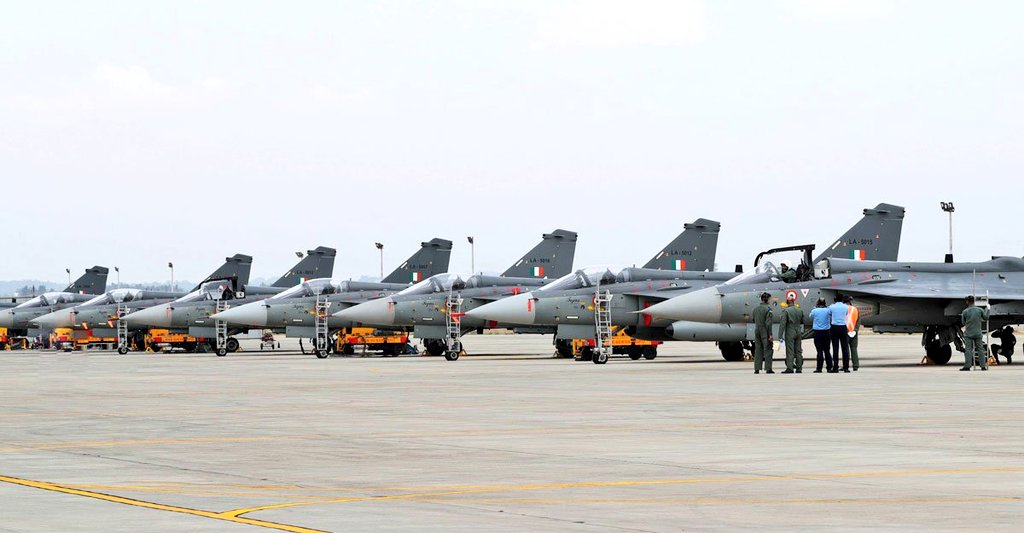

In a significant move to bolster its air defense capabilities along its western frontier with Pakistan, the Indian Air Force (IAF) has strategically deployed its Final Operational Clearance (FOC) Tejas Mk1 fighters. This deployment comes as part of an operational strategy that also sees the gradual retirement of the aging MiG-21 fleet, with a full withdrawal planned by 2026.
The IAF has recently moved its FOC Tejas Mk1 from its southern bases to the western sector, particularly to support operations at the Jamnagar Air Force Station. This station has become a focal point for integrating new and existing assets as the MiG-21s, known for their extensive service but now nearing the end of their operational life, scale back their activities. The Tejas, with its modern avionics and combat capabilities, is seen as a direct replacement and enhancement to the MiG-21’s role.
Continue readingSOURCE: AFI


In a significant move to bolster its defense export capabilities, India is eyeing Morocco as a pivotal gateway to both Africa and Europe. This strategic alignment was underscored during a recent defense industry seminar in Rabat, where Morocco’s Minister Delegate to the Head of the Government for National Defence, Abdeltif Loudyi, extended an open invitation to Indian defense companies.
At the heart of this burgeoning partnership is the promise of a “state-of-the-art environment, zero bureaucracy, and profitability” for Indian defense firms. Minister Loudyi’s remarks at the India-Morocco Defence Industry Seminar, which took place on December 9-10, 2024, reflect Morocco’s proactive stance in fostering defense industry collaborations. The event, co-organized by the defense ministries of both nations, along with the Indian Embassy in Morocco and the Society of Indian Defence Manufacturers (SIDM), served as a platform to discuss potential joint ventures, technology sharing, and procurement opportunities.
Continue readingSOURCE: AFI


In a documentary celebrating the 85th anniversaries of the Sukhoi Design Bureau and MiG Design Bureau, Russia’s state media outlet, Russia 1, unveiled cutting-edge technologies being incorporated into the Su-57, Russia’s fifth-generation stealth fighter. These advancements reflect significant strides in propulsion, avionics, and manned-unmanned teaming (MUMT) capabilities, signaling the aircraft’s transition into a more advanced iteration.
The Su-57 is undergoing testing with a new generation engine featuring a two-dimensional (2D) nozzle design. This development is aimed at enhancing the fighter’s stealth, agility, and thrust-vectoring capabilities. Unlike traditional circular nozzles, the 2D nozzle reduces radar signature as it now comes with a Radar blocker as seen in the above images that aligns with global trends seen in platforms like the F-22 Raptor’s Pratt & Whitney F119 engines.
Continue readingSOURCE: AFI
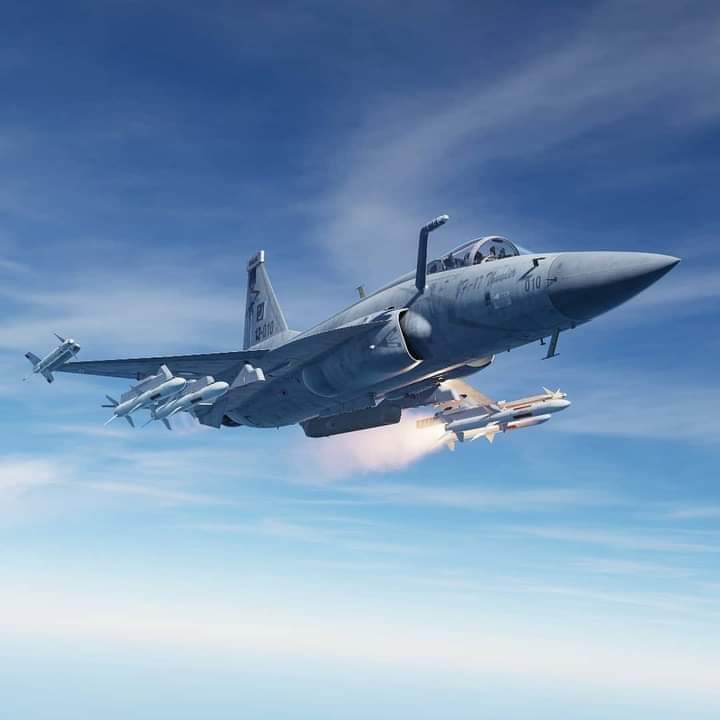

The Pakistan Air Force (PAF) is advancing its efforts to develop the PFX fighter program, which is currently shaping up to be a single-engine, 4.5-generation platform. The design appears to be derived from the existing JF-17 fighter, incorporating upgrades such as reduced radar cross-section (RCS) features, an Infrared Search and Track (IRST) system, and an Active Electronically Scanned Array (AESA) radar. These advancements aim to enhance the platform’s survivability and combat effectiveness.
Initial reports suggested that the PFX would be a twin-engine platform. However, recent updates indicate that the focus is on creating a highly localized, single-engine design, avoiding significant reliance on Chinese technology. This pivot reflects Pakistan’s ambition to establish a foundation for independent defense manufacturing. The twin-engine concept may be revisited after 2035, with the development of a 5th-generation fighter.
Continue readingSOURCE: AFI


The Technology Development Fund (TDF), an initiative of the Defence Research and Development Organisation (DRDO), is actively seeking industry partners to develop an indigenized pressure gauge for fixed-wing aircraft. This effort is part of India’s ongoing push for self-reliance in critical defense technologies under the Aatmanirbhar Bharat mission.
Pressure gauges are essential for maintaining optimal operational performance in fixed-wing aircraft. These devices monitor and regulate critical parameters, ensuring safety and functionality during flight. Developing indigenous alternatives will reduce dependency on foreign suppliers, cut costs, and ensure quicker availability of spare parts.
Continue readingSOURCE: RAUNAK KUNDE / NEWS BEAT / IDRW.ORG
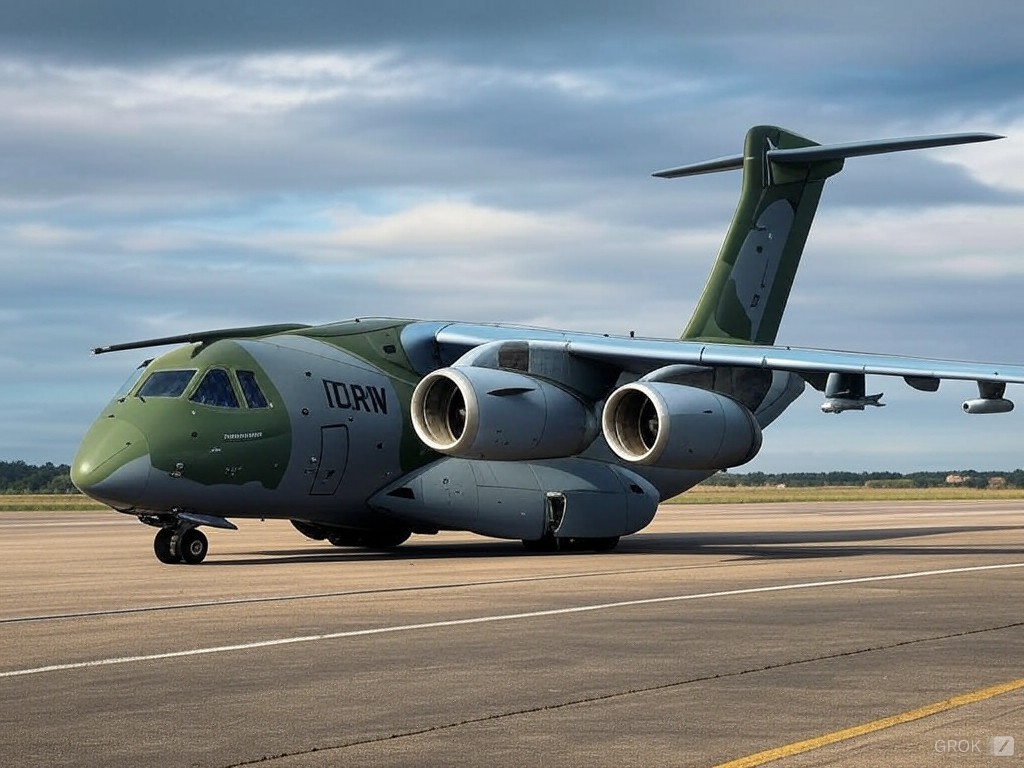

Embraer, in its briefing to the Indian Air Force (IAF) for the Medium Transport Aircraft (MTA) tender for 60 transporters, has introduced a bold new proposition: the C-390M Millennium equipped with hardpoints under its wings to carry air-to-surface weapon systems. This capability, aimed at providing anti-land and anti-ship operational capabilities, could position the C-390M as a versatile, multi-role platform, beyond its primary transport functions.
The C-390M can potentially be outfitted with multiple hardpoints under each wing. These hardpoints would support heavy stand-off weapon systems, such as the Rudram-II (approximately 800 kg), an air-to-surface missile developed for the IAF.
Continue readingSOURCE: RAUNAK KUNDE / NEWS BEAT / IDRW.ORG
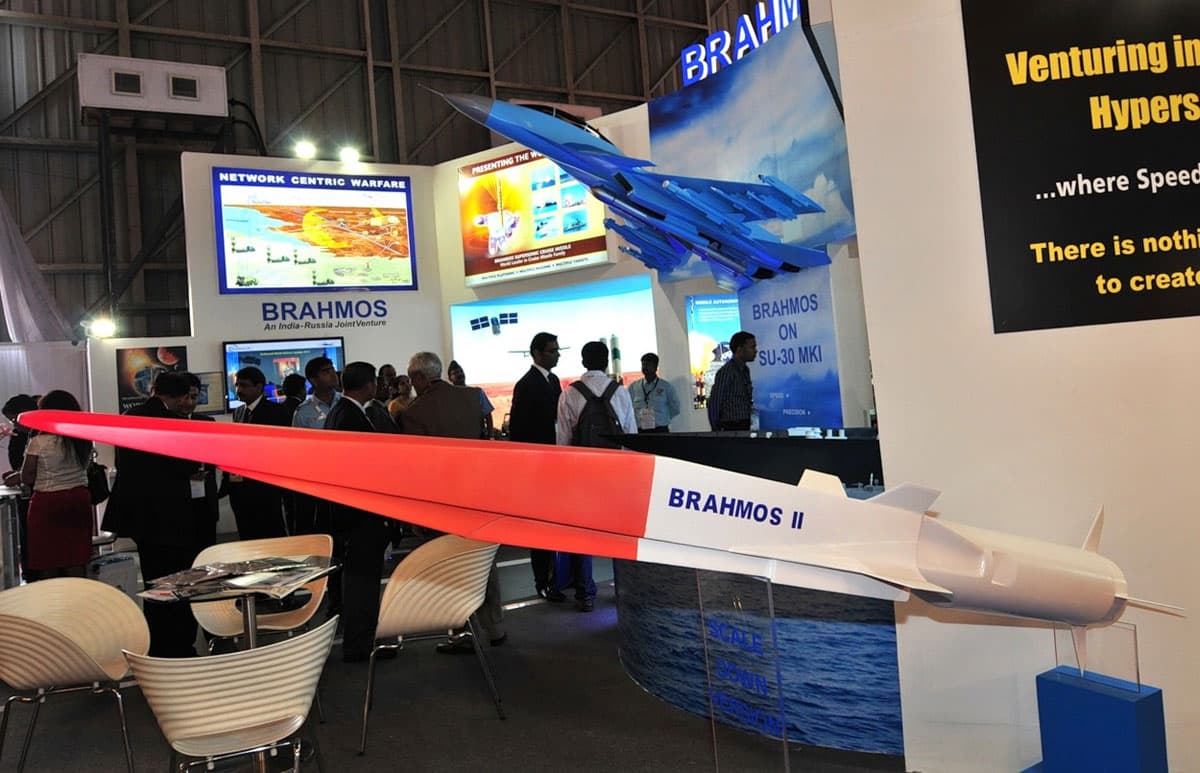

After receiving a lukewarm response to the proposed BrahMos-2K Hypersonic cruise missile, BrahMos Aerospace, in partnership with Russia, is revisiting the missile’s technical specifications and pricing structure. The initial response highlighted concerns over the missile’s high developmental and post-production unit costs. As a result, both countries are engaged in technical discussions to refine the missile’s design, ensuring it can offer enhanced capabilities while striving to balance costs.
The BrahMos-2K was intended to be an Indian variant of the Russian 3M22 Zircon, a scramjet-powered hypersonic cruise missile. Initially, the missile was envisioned to reach speeds of Mach 6, with a range between 800-900 kilometres. However, the missile was not to carry nuclear warheads, positioning it as a conventional offensive weapon for the Indian Armed Forces.
Continue readingSOURCE: RAUNAK KUNDE / NEWS BEAT / IDRW.ORG


India’s state-owned Mazagon Dock Shipbuilders Limited (MDL) is on the verge of signing a contract to build three Enhanced Scorpène-class submarines for the Indian Navy. These advanced submarines will incorporate cutting-edge Air-Independent Propulsion (AIP) systems and Lithium-ion batteries, significantly increasing their underwater endurance and operational capabilities. The new submarines will also feature higher indigenous content, supporting India’s push for self-reliance in defence manufacturing.
MDL is planning to leverage this expertise to offer similar upgrades to existing Scorpène-class submarine operators. Countries like Malaysia and Chile, which adopted the Scorpène-class submarines over 20 years ago, are now seeking mid-life upgrades to modernize their fleets. MDL intends to propose these enhancements, once successfully demonstrated on the upcoming Indian Navy submarines.
Continue readingSOURCE: AFI


The Pakistan Air Force (PAF) is set to replace the U.S.-origin AIM-120 Advanced Medium-Range Air-to-Air Missiles (AMRAAMs) and AIM-9 Sidewinder missiles on its F-16 Block-15/30 MLU fleet with Turkish-manufactured alternatives. The decision comes after the United States delayed approval of Pakistan’s request for a new arms deal, a situation exacerbated by geopolitical and historical complications.
To address its air-to-air missile requirements, the PAF has turned to Turkey’s homegrown missile systems. The Gökdo?an, a long-range beyond-visual-range air-to-air missile (BVRAAM), and the Bozdo?an, a short-range air-to-air missile (SRAAM), are being integrated into the older F-16 fleet. These missiles, developed by Turkey’s Scientific and Technological Research Council (TÜB?TAK SAGE), are designed to be compatible with NATO-standard platforms like the F-16, making them an attractive alternative for Pakistan.
Continue readingSOURCE: AFI


Recent developments in India’s visa policy targeting Canadian citizens with links to Khalistani organizations have reignited discussions about long-standing visa issues between India and Canada. This move by India has brought to light the parallel practices by Canada, which have been in place for years, specifically targeting retired Indian security personnel.
For the last few years, Canada has maintained stringent visa policies for former members of the Indian Police, Army, and paramilitary forces. Notably, individuals who have served with the Punjab Police are almost automatically denied visas, even for tourism purposes. This policy extends to former members of the Border Security Force (BSF) and Assam Rifles, where applicants are interrogated about their deployment areas during their service. Similarly, ex-Army personnel are questioned if they were stationed in sensitive regions like Punjab, Assam, or Kashmir.
Continue readingSOURCE: AFI


Jean-Marc Budin, Senior Vice President for the Middle East, Africa, and India at Thales, has announced a significant investment in India’s burgeoning aviation sector. A multi-million euro project is underway to establish an advanced Maintenance, Repair, and Overhaul (MRO) facility in Gurgaon, near the Delhi airport, with completion expected by 2025. This facility is designed to enhance service efficiency for key Indian airlines like Air India and IndiGo, providing state-of-the-art maintenance solutions for avionics systems.
“Thales is committed to supporting India in preparing for the impending large-scale aviation sector growth and transformation,” Budin stated, highlighting the strategic importance of this investment. The MRO will serve as a hub for maintaining and upgrading avionics, ensuring the operational efficiency of India’s rapidly expanding airline fleets.
Continue readingSOURCE: AFI


Suprabal Janasewashree General Ashok Raj Sigdel, Chief of Army Staff (COAS) of the Nepali Army, is currently on an official visit to India. As part of his itinerary, he toured two premier defense manufacturing facilities in Pune—Tata Advanced Systems Limited (TASL) and Bharat Forge Limited—both renowned for their contributions to cutting-edge military technology.
During his visit, General Sigdel lauded the role of TASL and Bharat Forge in advancing India’s defense manufacturing capabilities. Both companies are key players in the “Atmanirbhar Bharat” (Self-Reliant India) initiative, which aims to reduce dependence on foreign defense imports by fostering indigenous production. He praised their efforts in bolstering India’s defense self-reliance and expressed admiration for their state-of-the-art facilities and innovative technologies.
Continue readingSOURCE: IDRW.ORG.
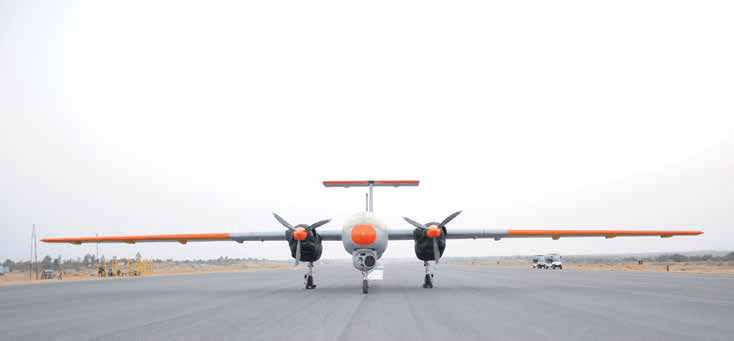

In a significant development for India’s indigenous defence capabilities, the Indian Navy has given the go-ahead for the procurement of the Tapas Medium Altitude Long Endurance (MALE) Unmanned Aerial Vehicle (UAV), as confirmed by a high-ranking naval official to idrw.org. This decision comes even as Adani Defence and Aerospace’s Drishti-10 UAV has made headlines recently.
The Navy plans to procure 10 units of the Tapas UAV, which will be stationed at the strategic naval base in the Andaman and Nicobar Islands for maritime surveillance operations. This move is aimed at securing key maritime lanes in the region, crucial for India’s strategic interests in the Indian Ocean. The Tapas UAV, developed by the Defence Research and Development Organisation (DRDO), has been undergoing rigorous testing to meet the stringent requirements set by the armed forces, specifically to achieve a service ceiling of 30,000 feet and to reduce drag and weight for better endurance and efficiency.
Continue readingSOURCE: AFI


As India navigates the complex landscape of military aviation, the choice between the Russian Su-57 and the American F-35 has become a focal point, especially with President Vladimir Putin’s upcoming visit to New Delhi for the 23rd annual India-Russia bilateral summit. The recent advocacy by Russian state media, particularly through Sputnik India’s tweets, has positioned the Su-57 as not only a tactical choice but a strategic one for India’s defense needs.
The Su-57, Russia’s answer to fifth-generation fighter technology, has been promoted for its versatility, being a multi-role fighter capable of air superiority, ground attack, and electronic warfare. Posts found on X highlight its ability to integrate stealth with superior speed and maneuverability, suggesting it might offer a balanced approach to combat scenarios India might face.
Continue readingSOURCE: AFI


Bharat Forge Ltd, a global leader in metal forming and a key player in the automotive and defense sectors, has announced its strategic acquisition of a 25% equity stake in Edgelab SpA, an Italian firm renowned for its expertise in autonomous underwater vehicles (AUVs). This move marks a significant expansion into the realm of marine robotics for Bharat Forge, with potential implications for both civilian and defense applications.
Edgelab SpA has carved a niche in the underwater technology sector, specializing in the design and production of high-tech AUVs. The company’s offerings span a broad spectrum of applications, including scientific research, marine archaeology, undersea and offshore operations, professional underwater services, and port security. This acquisition aligns with Bharat Forge’s vision to diversify its technological portfolio and strengthen its global presence in specialized manufacturing.
Continue reading